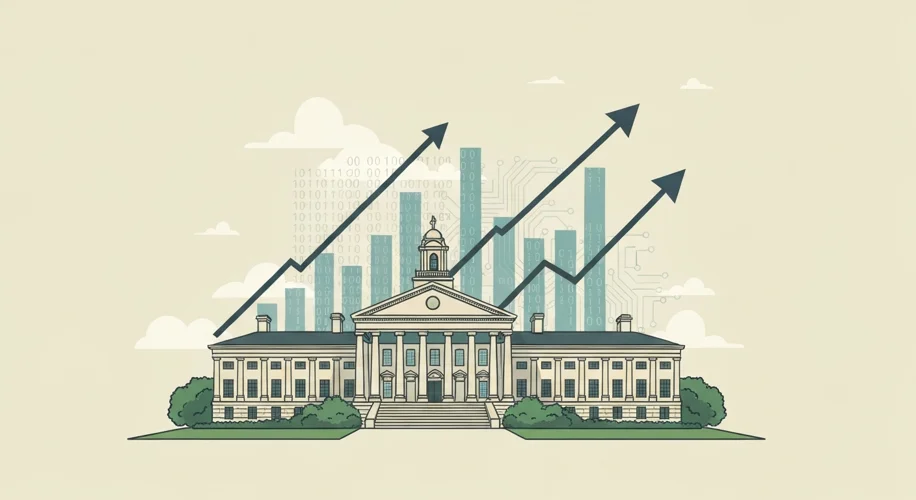It’s fascinating to see how government revenue can sometimes take an unexpected turn, and Massachusetts has a prime example from this year. The state collected a staggering $2 billion more in tax revenue than they had initially projected. A significant factor driving this surplus? The implementation of a tax on high earners, often referred to as the “millionaires tax.”
From my vantage point as someone who’s spent decades in the tech industry, I’ve always been interested in how tax structures can influence economic behavior. This situation in Massachusetts offers a real-world case study.
When you introduce a tax policy that specifically targets higher income brackets, several economic forces can come into play. For one, it can indeed boost government coffers, as we’re seeing in Massachusetts. This additional revenue can then be directed towards public services, infrastructure, or other initiatives that benefit society as a whole.
However, it’s also crucial to consider the broader implications, especially within the tech sector. Many of us in tech are acutely aware of how wealth concentration can occur. High earners, often found in leadership roles or highly specialized technical positions within the tech industry, are precisely the demographic affected by such taxes. This can lead to discussions about investment patterns. Will increased taxes on high earners lead to a reallocation of capital away from certain investments, or perhaps encourage more domestic investment?
It also brings to mind how our tax system can influence innovation. Research and development (R&D) is the lifeblood of the technology sector. If tax policies affect the disposable income or investment capital of those who typically fund or lead R&D efforts, it’s worth asking how that might play out over time. Will it spur creativity in finding tax-efficient ways to invest, or could it inadvertently slow down the pace of innovation in certain areas?
Moreover, this situation highlights the ongoing conversation about societal equity. Tax policies are often viewed as a tool to address wealth disparities. By generating more revenue from those with the highest incomes, the hope is often to create a more level playing field or fund programs that support a broader segment of the population.
What’s clear is that tax policies aren’t just numbers on a ledger; they have tangible effects on how wealth is generated, invested, and distributed. The Massachusetts experience provides a timely reminder of this connection, prompting us to think critically about the relationship between taxation, economic growth, and societal well-being.

